Finding traces of Chinese American histories during conference trips
17 June 2024In this blog post, Dr Helena Lopes writes about encountering Asian history in the US.
International conferences are a regular part of academic life. Their abrupt interruption or transfer online during the not-so-distant Coronavirus pandemic is still fresh in my mind, and I came to appreciate the return to in-person procedures with particular enthusiasm. These events offer fantastic opportunities to keep up-to-date with the latest research, meet old and new colleagues from around the world, receive feedback on ongoing research – and discover new cities and their histories.
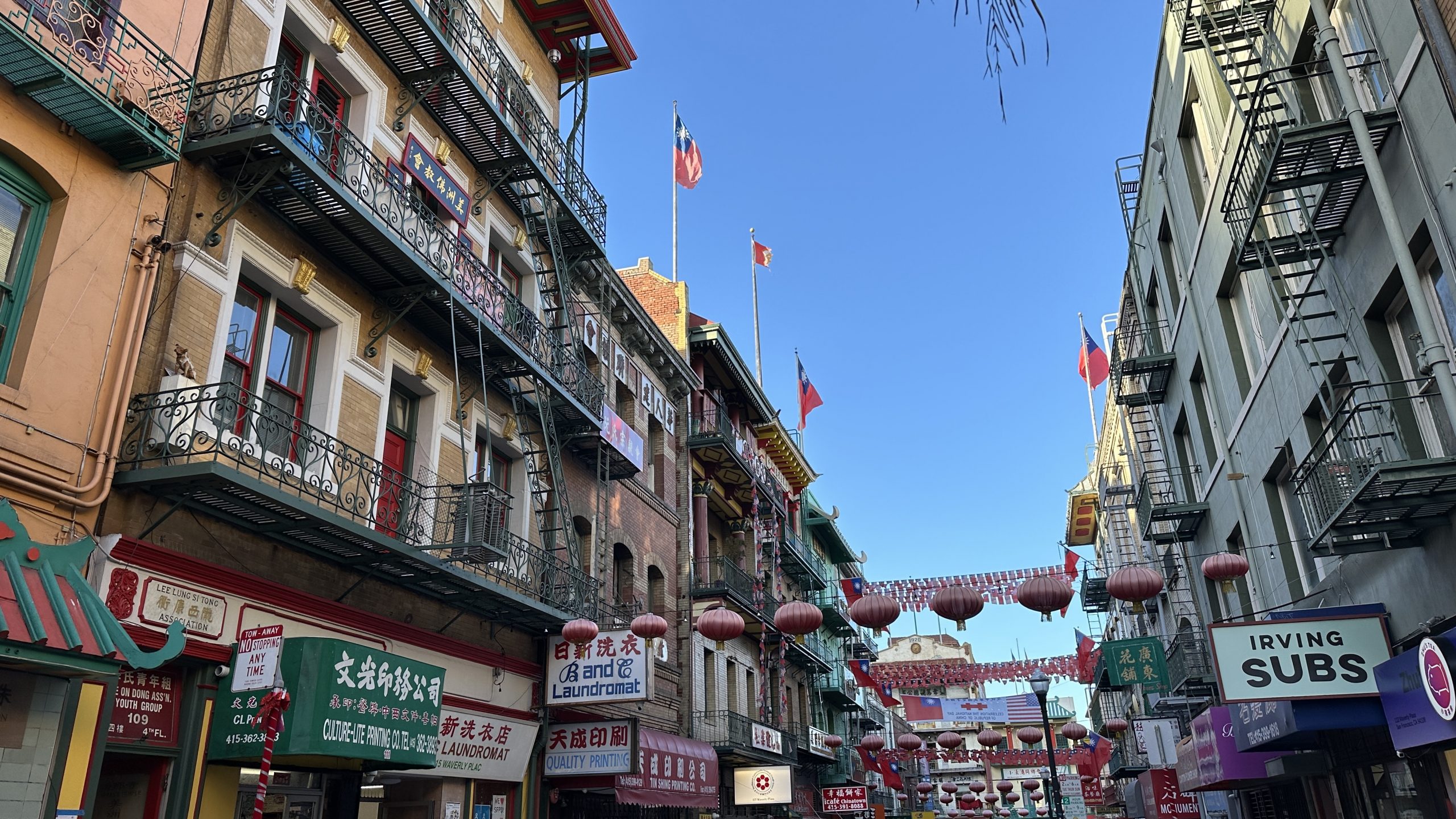
In the last few months, I had the opportunity of giving two presentations about ongoing research projects at the American Historical Association (AHA) Annual Meeting in San Francisco (January) and at the Association for Asian Studies (AAS) Annual Conference in Seattle (March). At the first, I spoke on ‘Movement in a Time of Disruption: Connected Colonies in Wartime South China’ on the experience of people, especially women, escaping occupied areas and heading to – or moving through Hong Kong, Macau and Guangzhouwan during the 1930s and 1940s. At AAS, I gave a paper entitled ‘Self, Nation, World: A Chinese Woman Writer in Three Continents during the Second World War’ on an overlooked figure who had a highly visible wartime career in Europe and the United States writing about her personal life and promoting Chinese resistance at the same time.
One of the best parts of being in San Francisco and Seattle for a few days (after very long journeys!) was finding some time out of the busy conference schedule to walk around these cities and learn more about their rich Chinese American past. These urban forays included some fortuitous traces of some of my research interests: the Second World War in East Asia, global histories of Chinese migration, and film.
Both San Francisco and Seattle have a Chinatown with a range of historical buildings and structures still standing, testimonies to the complex histories of Asian global migration, American racist exclusion, and Asian American endurance. In San Francisco, for example, one finds one of oldest Chinese temples in the United States, the Tin How Temple, founded in 1852 and dedicated to the goddess Mazu – a space that brought to my mind other Mazu temples I’ve seen in Asia, including the important A-Ma Temple in Macau. I also came across a more concrete connection to my research interests in Macau and Hong Kong while passing by a plaque celebrating the work of Rose Pak (1947-2016), a local journalist and activist who was born in mainland China and grew up as a refugee in these then colonial territories in South China before moving to San Francisco.
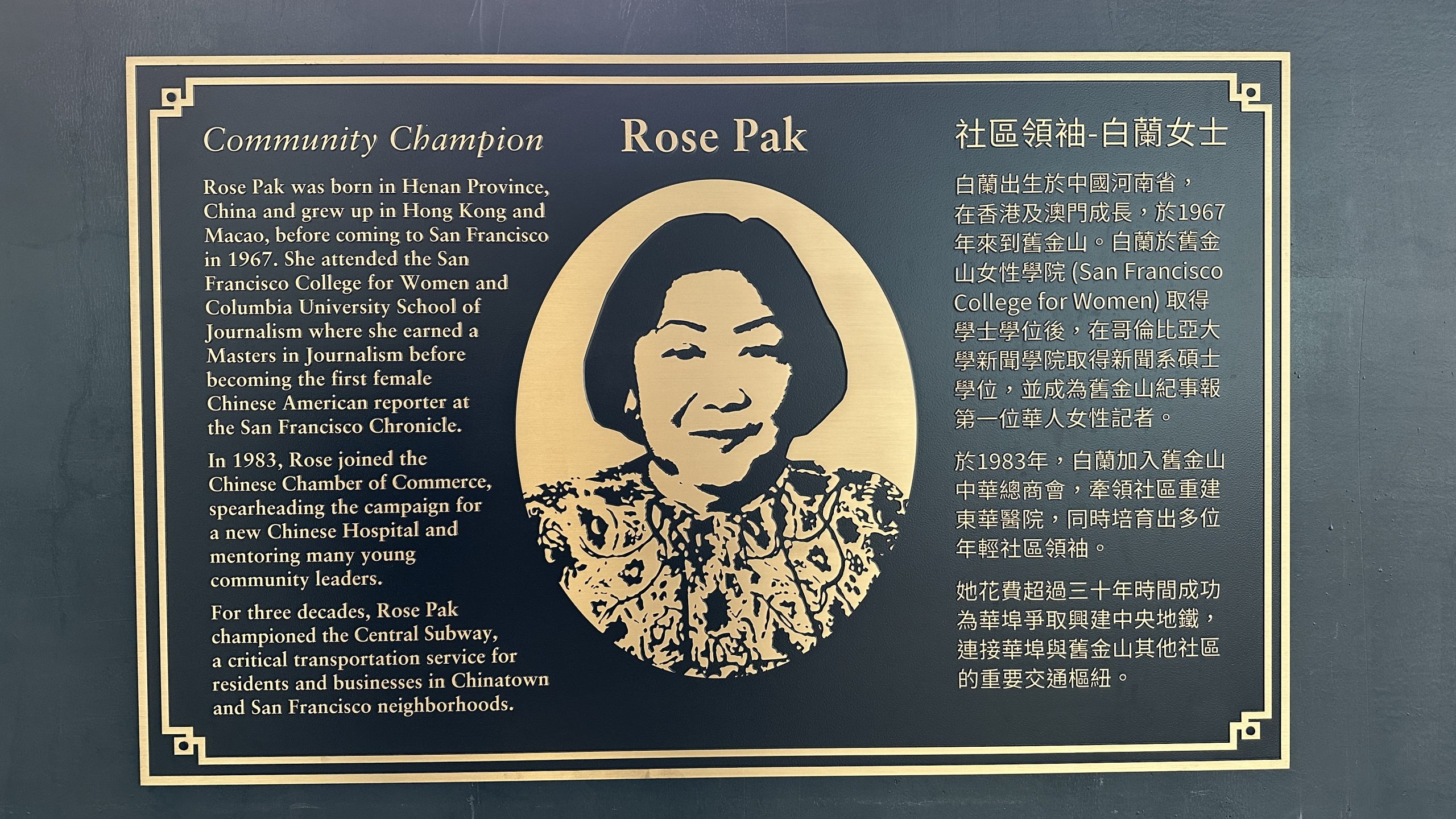
In the Chinatowns of both cities, there are very interesting museums presenting to diverse publics local histories with global connections, preserving important personal and communal traces, and different interpretations and artistic re-imaginings of almost two centuries of Chinese American (and Asian American more broadly) experiences. In San Francisco, these include the Chinese Historical Society of America, the Chinese Culture Centre, and the WWII Pacific War Memorial Hall. The latter is an intriguing private museum, founded by businesswoman Florence Fang. The coverage of China’s experience in World War Two emphasises the role of international (especially American) solidarity with Chinese resistance, and the actions of Chinese Americans in activities such as fundraising and wartime service for the Allies.
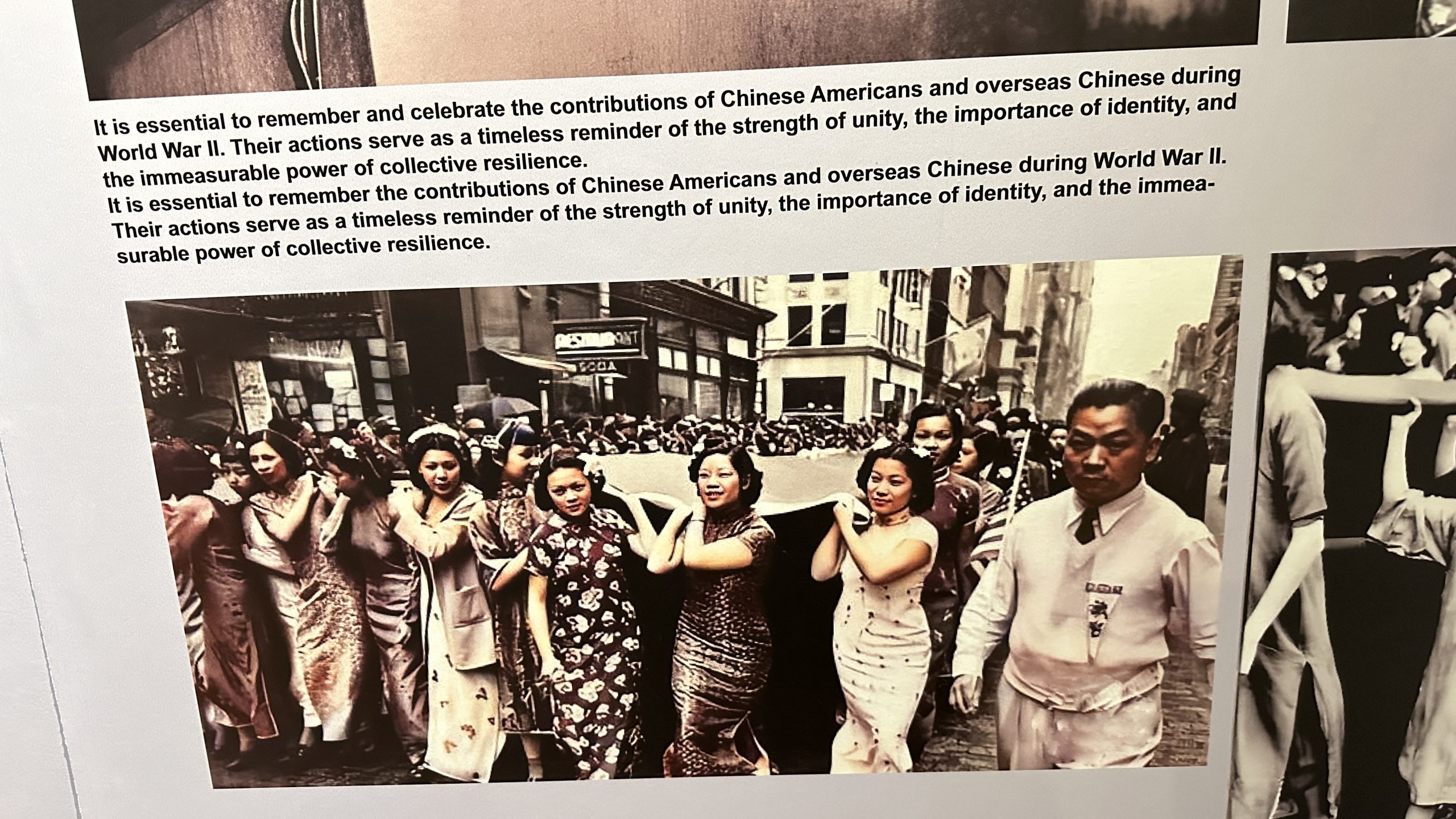
In Seattle, the main museum in Chinatown is the Wing Luke Museum, that covers not simply Chinese American histories, but histories of multiple Asian American and Pacific Islander communities. This includes the once very numerous Japanese American community in Seattle that was particularly affected by removal, dispossession, and internment policies in the United States during the Second World War.
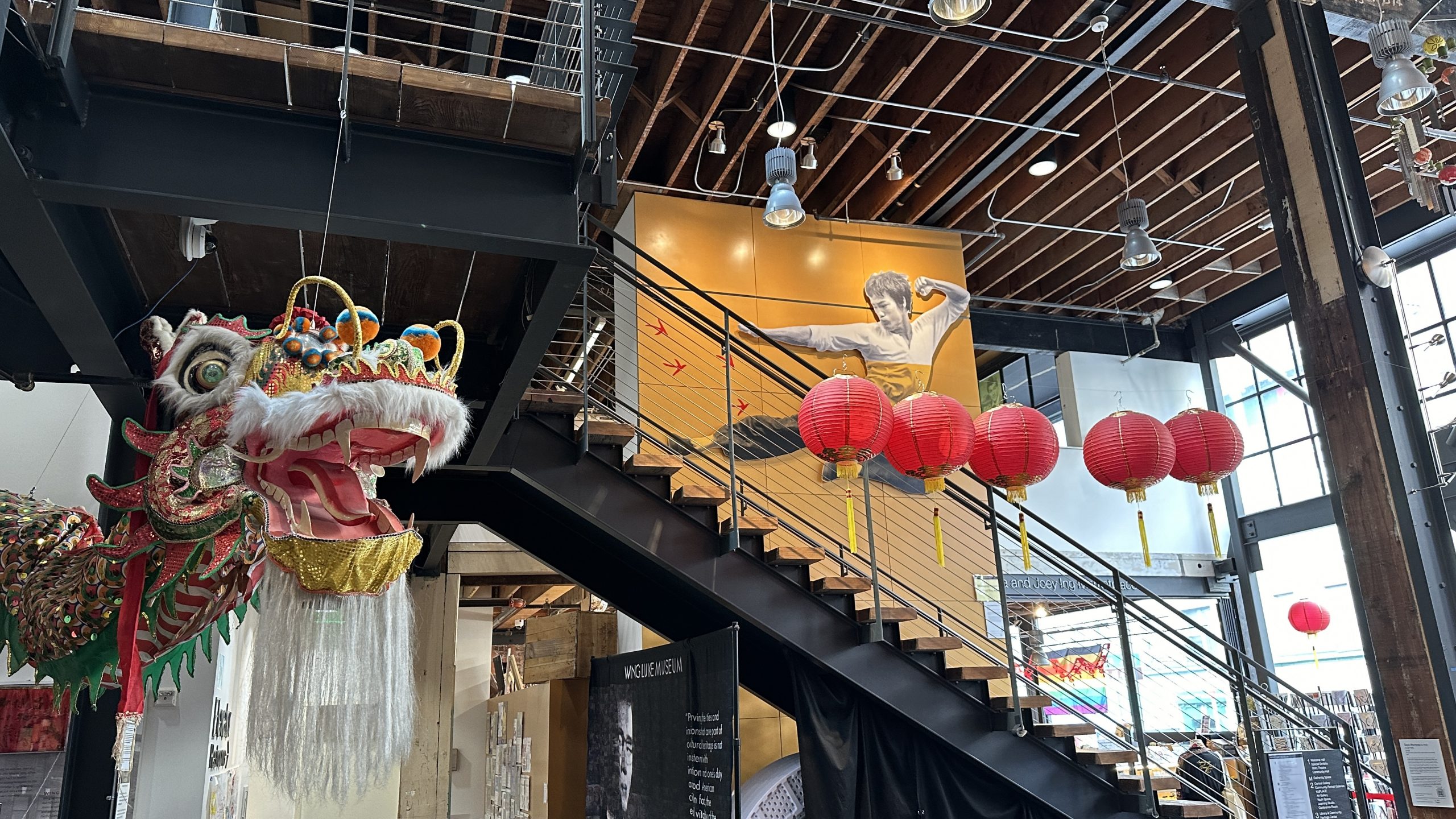
The Wing Luke Museum is named after Wing Chong Luke (1925-1965), a man who played a pioneering role in local and regional politics (for example, he was the first Asian American elected to public office in the Pacific Northwest). However, I confess the great highlight of my visit to this museum were the spaces dedicated to the global film superstar Bruce Lee (1940-1973). Although born in San Francisco, raised in Hong Kong during the dramatic years of the Japanese occupation, and made particularly famous in Hollywood, Lee had a deep connection to Seattle. It was in Seattle that he studied, married, opened his first martial arts school, and where he would be buried after dying at the age of 32. The displays about Lee in the museum included an exhibit built around his reading practices – Lee was an avid reader and had a personal library of more than 2,800 books – and how those shaped his philosophical thinking and martial arts.
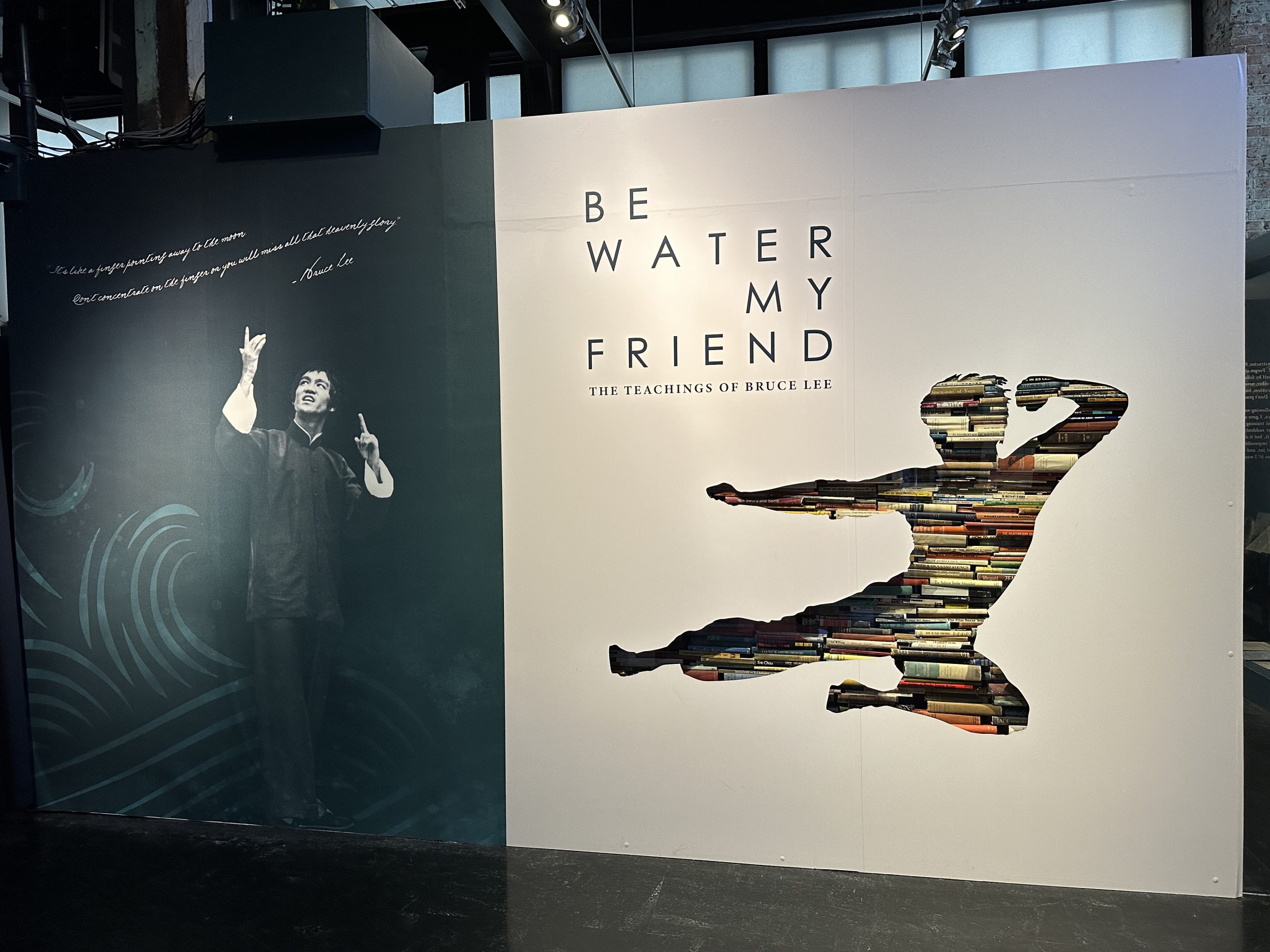
Bruce Lee was also present in the streets of San Francisco Chinatown, including in this impressive mural, one of the many pieces of street art to be appreciated in the city:
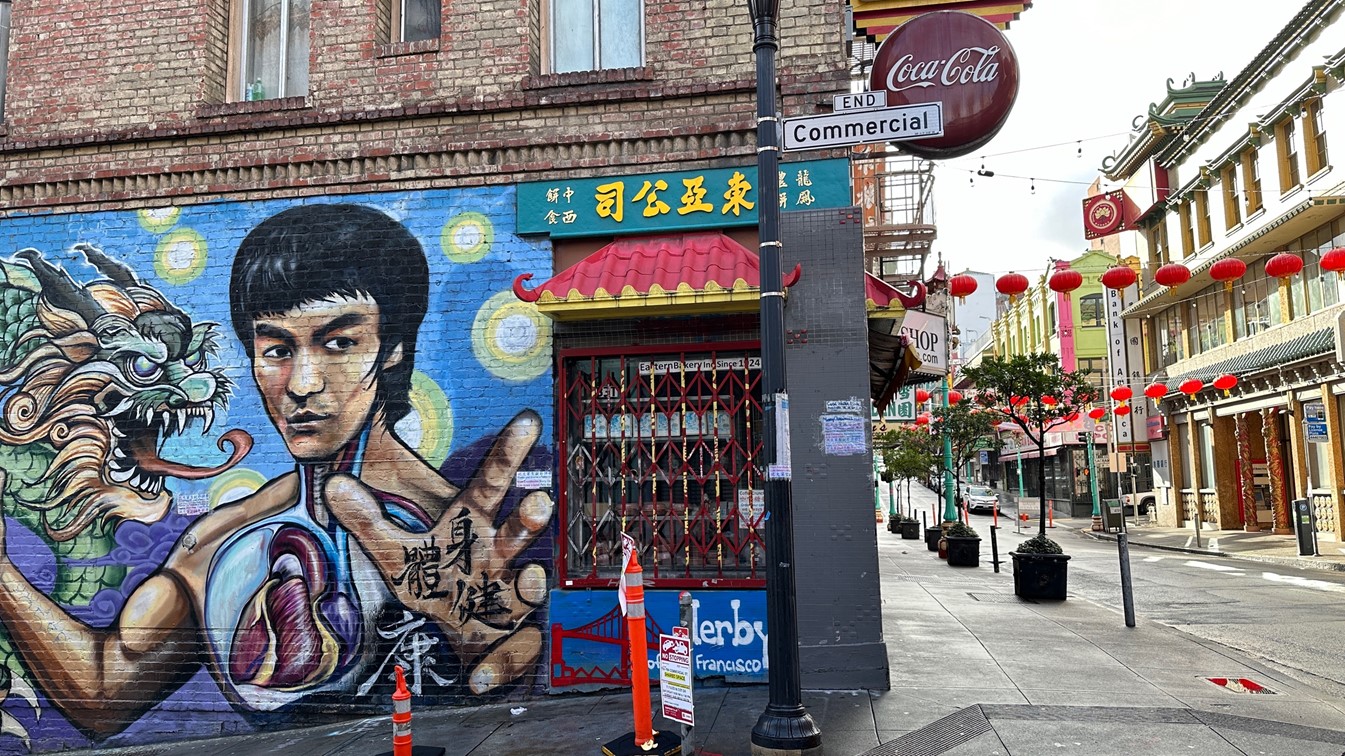
Bruce Lee’s journeys from East Asia to North America, and from North America to the world as a beloved cultural icon are an illustrative reminder of the flows that pervade our connected world: from migratory experiences to artistic creation (and recreation). The ways these global circulations have shaped lives, cities, and histories. can be appreciated in action while walking through San Francisco and Seattle. And these conference trips, in turn, prompt us to think further about recognising similar connections back in Wales.
As I brace myself for a summer with several other conferences, it is worth drawing some inspiration from the wise words of the great Bruce Lee, so fitting for original historical research and writing: ‘Absorb what is useful, reject what is useless, and add what is essentially your own’.
All photographs by Helena F. S. Lopes.
Dr Helena F. S. Lopes is Lecturer in Modern Asian History at Cardiff. To find out more about Dr Lopes work, visit Dr Helena Lopes – People – Cardiff
- American history
- Central and East European
- Current Projects
- Digital History
- Early modern history
- East Asian History
- Enlightenment
- Enviromental history
- European history
- Events
- History@Cardiff Blog
- Intellectual History
- Medieval history
- Middle East
- Modern history
- New publications
- News
- North Africa
- Politics and diplomacy
- Research Ethics
- Russian History
- Seminar
- Social history of medicine
- Teaching
- The Crusades
- Uncategorised
- Welsh History
- Pétain’s Silence
- Talking Politics in the Seventeenth Century
- Reflections on POWs on the 80th anniversary of the Second World War – views from a dissertation student
- The Long Life of Dic Siôn Dafydd and his ‘children’
- Collaboration across the pond: uniting histories of religious toleration in the American Revolution and European Enlightenment